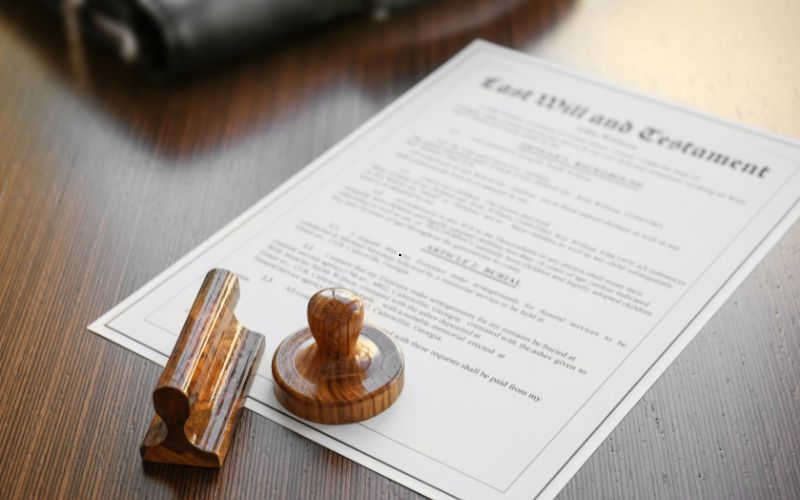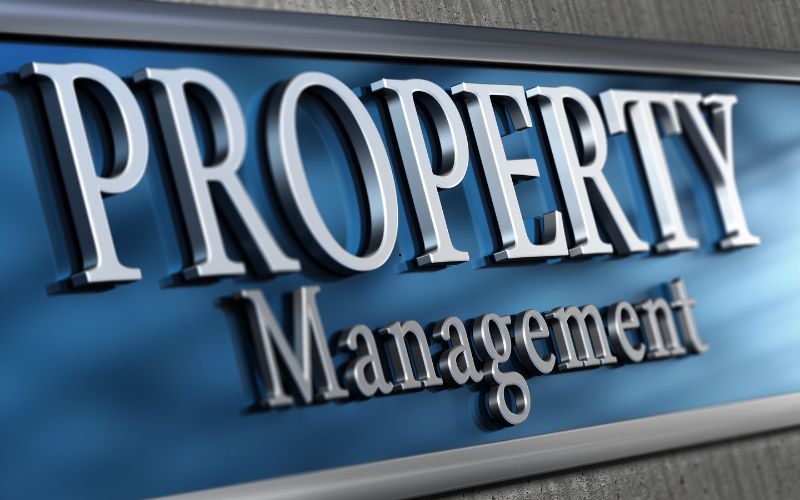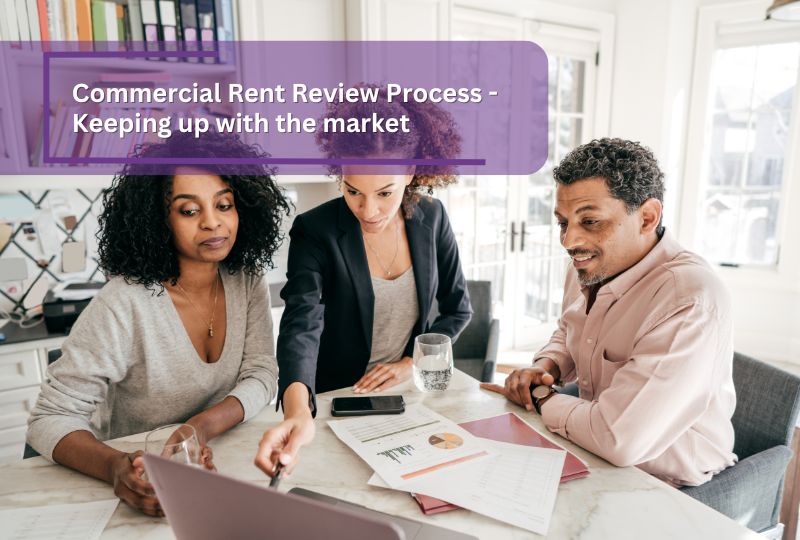Finding the landlord of a property can feel overwhelming, whether you’re a prospective tenant with questions, a neighbour addressing a concern, or someone handling a legal matter. However, locating the landlord is essential and achievable through several effective methods. Due to Scotland’s distinct legal system and property regulations, you can start by checking your tenancy agreement or contacting the letting agency. If these options don’t work, asking neighbours or local businesses might help.
This comprehensive guide will walk you through how you can efficiently and legally locate a property owner, utilising both online resources and offline methods. We’ll cover everything from government databases to private resources, ensuring you have all the tools you need to find the landlord of a property in Scotland.
Why You Might Need to Find the Landlord
Before diving into the methods to find a landlord, it’s important to understand why you might need to find a landlord. Understanding your reasons can help you choose the most effective approach:

- Renting a Property: If you are looking to rent, contacting the landlord directly can make negotiations smoother and provide clarity on expectations.
- Purchasing a Property: When planning to buy, speaking to the landlord offers insights into the property’s history, existing issues, and potential price adjustments.
- Resolving disputes: Noise complaints or maintenance problems, often require direct communication with the landlord.
- Seeking Permission: Making changes to a rental, like painting or installing fixtures, requires landlord approval to stay compliant with rental agreements.
- Conducting Due Diligence: Investors conducting due diligence need landlord details to verify property information and assess legal matters before purchasing.
How To Find The Landlord Of A Property?
To find the landlord of a property in Scotland, start by reviewing the tenancy agreement, which often includes the landlord’s details. If this information is unavailable, you can access the Title Register on the Registers of Scotland website by searching for the property address and downloading the ownership record for a small fee. For a more details explanation, here are effective methods to find the landlord of a property, whether you are a tenant, potential buyer, or someone else with a valid interest:
1. Check Your Tenancy Agreement

One of the easiest ways to identify the landlord of a property is by checking any official documentation related to the property, especially the tenancy agreement. This document serves as a valuable resource, typically containing the landlord’s full name, address, and contact details such as phone numbers or email addresses. Even if a letting agent manages the property, the tenancy agreement should specify the actual property owner. It also often includes payment details and landlord’s addresses for submitting rent, making it essential to carefully review all rental documentation. If you’re unsure or have lost these documents, try locating any rent receipts or bank statements reflecting payments made to the landlord or property management company, as these can provide vital information and save considerable time and effort.
2. Ask the Letting Agent
If the property is managed by a letting agent, they should be able to provide you with the landlord’s contact information. However, be aware that some agents may be reluctant to share this information due to privacy concerns. In such scenarios, they might offer to relay messages to the landlord, serving as an intermediary in the communication process.
3. Contact the Previous Tenants
Exploring the property’s history can yield fruitful results in the landlord’s search. Contacting previous tenants, if possible, can provide not only potential contact information but also invaluable insights into the landlord-tenant relationship and property management practices. This approach taps into the wealth of experiential knowledge that former occupants possess, offering a unique perspective on the landlord’s responsiveness, maintenance practices, and overall demeanour.
You may also like: Handling Tenant Complaints: Guide for Landlords in Scotland.
4. Check for a ‘To Let’ Sign

If the property is currently being advertised for rent, look for a ‘To Let’ sign outside. These signs often include contact details for either the landlord or the letting agent handling the property.
5. Look for On-Site Information
Some properties, particularly apartment buildings or managed communities, may have on-site information boards or management offices that can provide landlord details or at least point you in the right direction.
6. Searching the Title Register
Official records provide a reliable way to identify a landlord, with the Title Register serving as a key source of property ownership details. Maintained by the Registers of Scotland, this register offers valuable insights into property ownership, making it an essential tool for finding landlord information.
Steps to Access the Title Register
You can access the Title Register through the Registers of Scotland’s website by following these steps:
- Visit the Registers of Scotland Website – Access the official platform online.
- Enter the Property Address – Use the search tool to locate the property.
- Download the Title Register – Pay a small fee to obtain the ownership record.
What to Do If the Landlord’s Information Is Not Available
In some cases, the Title Register may not provide the landlord’s details. If this happens, further research may be needed to identify the individuals involved, especially if a business or trust owns the property.
7. Consulting Local Council

Local authorities play a pivotal role in the Scottish property ecosystem and can be valuable allies in the search for landlord information.
Council Tax Department
In some cases, the Council Tax Department may be able to provide landlord details upon request, though it’s important to be prepared to explain the reasons behind your inquiry. For more complex situations, particularly those involving concerns about property conditions or management, you may need to seek legal advice to understand your rights.
Private Rented Housing Team
The Private Rented Housing Team emerges as a specialised resource. This department’s expertise in rental property matters makes it an excellent point of contact for tenants facing challenges or seeking specific landlord information.
8. Using Online Services

In today’s digital age, online services have revolutionised the process of property information retrieval.
Land Registry Search
Performing a land registry search can help you download the title register, which contains the landlord’s details.
Here’s a step-by-step guide to doing this:
- Access the Land Registry Website: Start by visiting the official Land Registry website for your region. In Scotland, this would be the Registers of Scotland website.
- Search for the Property: Use the search function to locate the property. You will typically need specific details such as the property address or title number.
- Download the Title Register: Once you have found the property, you can download the title register. This document contains crucial information about the property, including the name and address of the landlord or property owner.
- Review the Information: Carefully review the downloaded title register to confirm the landlord’s details. This information is legally documented and highly reliable, making it a valuable resource for tenants and property seekers.
Third-Party Services
The rise of third-party information services has introduced new possibilities for landlord identification. These platforms aggregate data from various sources, offering a comprehensive approach to locating property owners. While these services often come with a fee, their ability to quickly provide landlord information can be invaluable, especially in time-sensitive situations.
Here’s how to effectively use third-party services:
- Choose a Reputable Service: Use reliable platforms like Westport Property Zoopla or Rightmove.
- Create an Account: Sign up if needed; some services may charge a fee.
- Enter Property Details: Provide specific details like the address or postcode.
- Access the Report: Request and review the comprehensive report with landlord information.
- Verify the Information: Cross-check with other sources or contact the landlord directly.
- Be aware of the Data Protection Act: Ensure that any landlord information obtained is used responsibly and legally.
Also Read: How Easy Is It to Rent a Commercial Property as a First-Time Business?
Alternative Methods
Community-based approaches should not be overlooked in the quest for landlord information.
9. Ask Neighbours

Neighbours, particularly long-term residents, can be unexpected sources of valuable information. They might have direct knowledge of the landlord, especially in areas where a single individual or entity owns multiple properties. This local knowledge can provide not just contact details but also insights into the landlord’s management style and history with the property.
10. Contact the Property Management Company

If your property needs professional management, contacting a property management company is a great way to reach the landlord. Property management companies serve as a communication bridge between tenants and property owners, so they often have direct contact with landlords. They can share certain information or pass along messages. However, keep in mind that due to legal requirements, property management companies are usually limited in the amount of personal information they can disclose.
How to Proceed After Finding the Landlord
After identifying the landlord, it’s important to handle the next steps with care to ensure smooth communication. Here’s a more detailed breakdown of how to proceed:
- Keep It Professional: When you reach out, make sure to be polite and clear. Whether it’s an email, phone call, or letter, professionalism is key.
- Be Clear About Why You’re Reaching Out: Tell them exactly what you need, whether it’s for renting, asking about maintenance, or any other issue.
- Provide Your Info: Give them your full name, the property address (if relevant), and your contact details so they can easily identify you.
- Follow Up If Needed: If you don’t hear back in a reasonable time, follow up with a friendly reminder.
- Respect Their Privacy: Remember to use their contact info only for the purpose intended and be respectful of their privacy.
Conclusion
Finding the landlord of a property in Scotland can be a crucial step for tenants, potential buyers, neighbours, and others with interests in a property. By leveraging a combination of direct approaches, such as checking tenancy agreements and contacting letting agents, and more resource-intensive methods, like accessing the Title Register and consulting local councils, you can efficiently locate and contact property owners. Whether for rental inquiries, purchase negotiations, dispute resolution, or due diligence, having the right information is key to a smooth and informed process.
If you’re in need of assistance finding a landlord or navigating the complexities of property management in Scotland, Westport Property is here to help. We are industry-leading property management experts in Dundee and nearby areas. Whether you’re looking for a property for sale in Dundee or seeking rental opportunities, our experienced team offers comprehensive support and expert guidance to ensure you have all the information and resources you need. Contact us today to learn more about how we can assist you with your property needs.
Have A Question or Need Some Help?
Whether you're searching for the perfect rental property or a landlord wanting advice on letting, we're here to assist. Feel free to call our office or send us an email, and we'll be happy to help you with any queries you may have.
FAQs:
What to do if you are a tenant and your landlord dies?
If your landlord dies, your lease remains valid. Contact the landlord's family or legal representative to confirm the new property owner and continue following your lease terms.
How to find the contact details of a property owner?
Check your tenancy agreement or rent receipts for contact details. If unavailable, public property records or a letting agent can help you find the owner’s information.
Can you be a landlord if you dont own a property?
Yes, you can manage or sublet property with the owner’s consent. You’ll be responsible for handling rent and maintenance, even though you don’t own the property.



 Find a Property Sale/Rent
Find a Property Sale/Rent  Letting Agents
Letting Agents  Asset Management
Asset Management 






